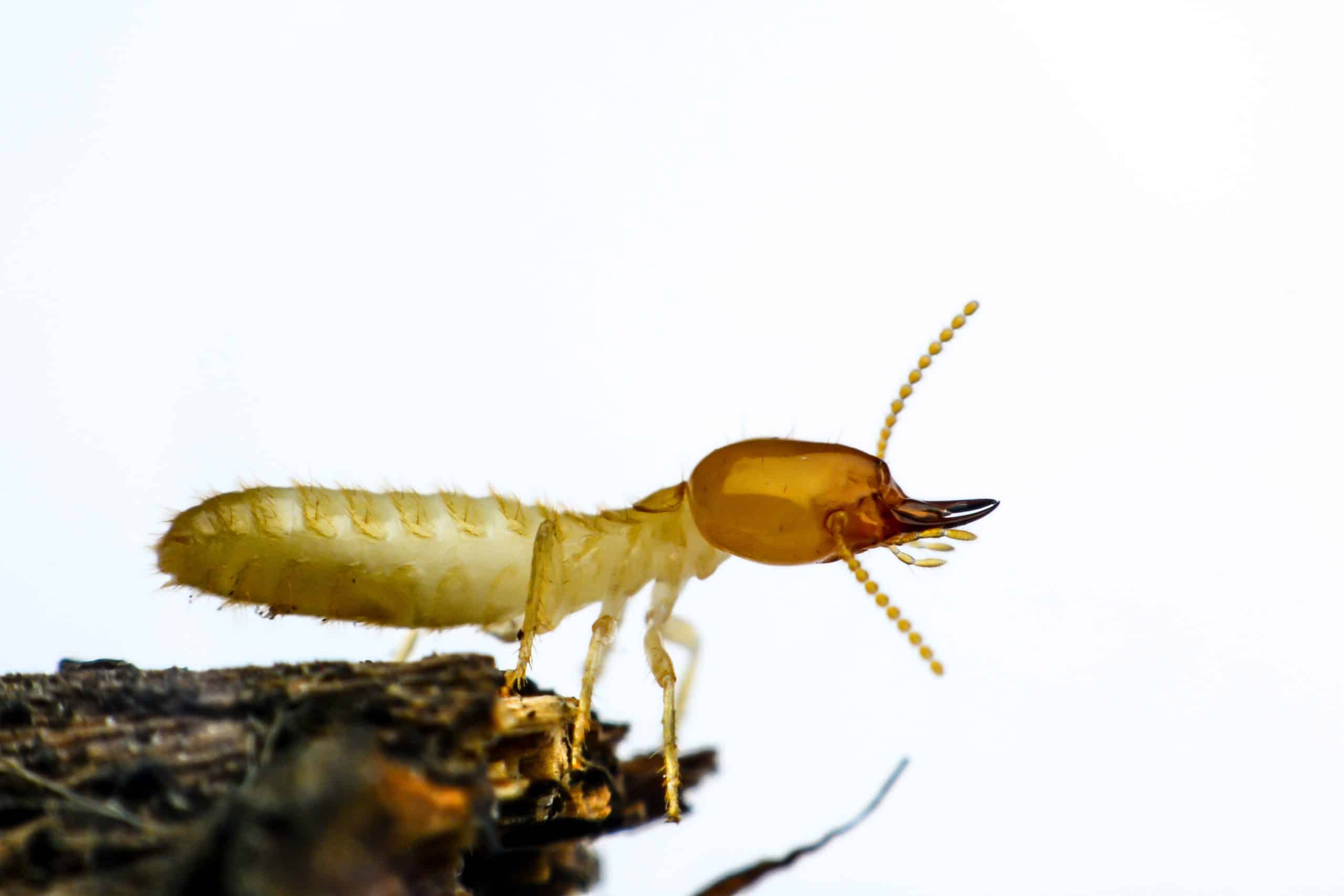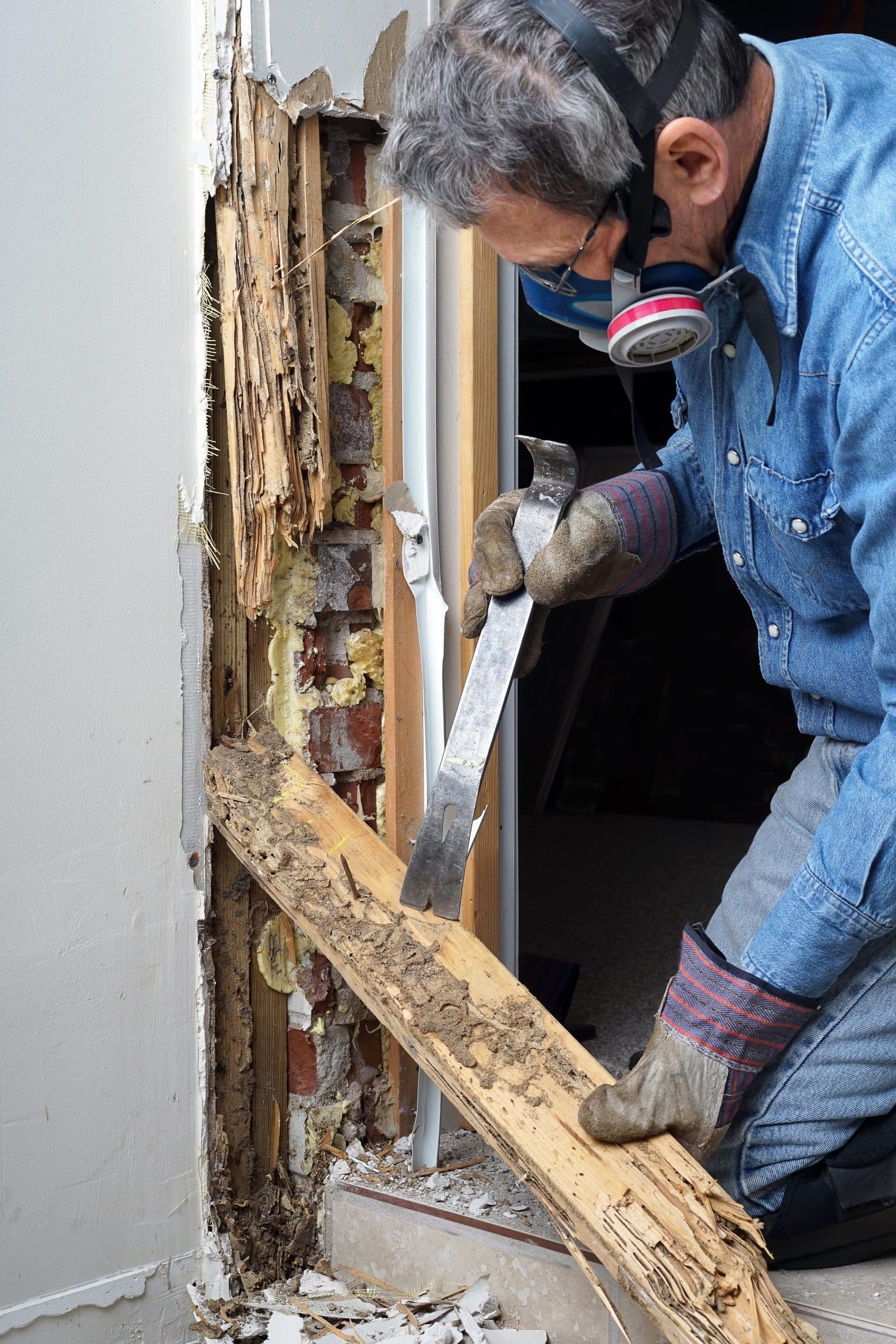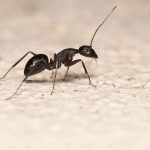Termites in Arizona, particularly in Phoenix, Scottsdale, and nearby cities, can be a concern for homeowners due to the area’s favorable climate. The warm temperatures in Arizona create an ideal environment for termites to thrive, causing potential damage to homes with little warning. These pests are often challenging to detect until significant damage has happened.
To protect your home from termites, it’s important to understand their habits, especially when they are most active. Recognizing the signs of a breakout and taking quick action is crucial in preventing costly damage and keeping these pests at bay.
Why Termites Love Arizona

While the warm weather and desert landscapes are one of the reasons people flock to Arizona, it’s also the reason termites in Arizona thrive, especially during the hot months of March through November. You will find several types of termites in Arizona due to the warm climate and arid conditions in the regions. Termites are highly sensitive to temperature and the heat helps to hasten their reproductive cycles and ability to forage.
The most common type found in Arizona is the subterranean termite. These termites typically establish colonies underground, constructing mud tubes to connect their nests to a food source while providing protection and maintaining necessary moisture levels. In Arizona, the dry climate poses challenges, but termites often find moisture sources around homes, such as leaky pipes, poorly ventilated crawl spaces, or damp soil near foundations.
Termites are attracted to wood and cellulose materials, making homes in Arizona, which are constructed largely of wood, an abundant food source. Subterranean termites can be active year-round in warmer climates, with swarming – their reproductive activity – occurring primarily in the spring and early summer. This phenomenon involves winged reproductive termites leaving the colony to establish new ones.
While Arizona’s dry climate might seem inhospitable to termites, the prevalence of wooden structures in both residential and urban areas create environments conducive to termite infestations.
Common Termites in Arizona

There are over 2,000 species of termites in the world which are broken into three main types, all of which can be found in Arizona.
Subterranean Termites
As mentioned above, subterranean termites are the most prevalent termite species in Arizona and around Phoenix. They are also the most destructive when it comes to your home and business. These termites range in color from creamy white to dark brown or black, have six legs, and a long oval shape. You are unlikely to see them, however, as they build their nests in the soil and live underground, creating tunnels or mud tubes, to travel between their nests and sources of food.
Drywood Termites
As their name suggests, drywood termites feast on dry wood, such as the wood found on decks, fencing, and building structures. They are also attracted to piles of firewood which can often bring them closer to homes. Unlike subterranean termites, drywood termites are dark red and black and have the ability to fly.
Dampwood Termites
Dampwood termites are found primarily eating damp wood below ground, such as tree roots or rotting wood. However, they will also eat wood that has been sitting out such as fence posts and door frames. They are larger than other termites in Arizona, ranging between ¾ of an inch to 1 inch. This type of termite is the least destructive, but still an unwelcome visitor.
Warning Signs of Termites in Your Home

Detecting the early warning signs of a termite infestation in your home is crucial to saving your home from destruction. In Arizona, where termite activity is common, it’s important to be vigilant. Below are some of the common warning signs of termites in your home.
Mud tubes
Termites often construct mud tubes along walls, foundations, and other surfaces to provide a protected pathway between their nest and a food source. Check for these tubes, which look like muddy, pencil-sized tunnels.
Wood damage
Most people know that termites damage wood, but termites eat from the inside out, making it hard to detect them until it’s too late. Look for hollow-sounded or weakened wood around your house, especially in areas prone to moisture, like basements and crawl spaces.
Swarmers or discarded wings
Reproducing termites, also known as swarmers, might emerge in a swarm during their mating season. Discarded wings near windows, doors, or light sources can be a sign of a recent termite swarm.
Termite droppings
Termites, especially drywood termites, may leave pellets lying around, resembling small piles of sawdust or salt.
Noises in the walls
In heavy infestations, you may hear clicking or rustling sounds coming from your walls – these are the sounds of termites eating.
Windows and doors
Difficulty in opening or closing windows and doors can be a result of termite damage, as they can target wooden frames.
Sagging floors or ceilings
Termites can cause structural damage, leading to sagging or uneven floors and ceilings. If you notice these signs, it’s important to investigate further.
Protecting Your Home From Termites in Arizona

Controlling termites in Arizona involves preventive measures to help make sure they stay away from your home.
- Regular inspections – Walk around your home regularly to check for mud tubes, damaged wood, and other signs of termite activity.
- Reduce moisture – Termites love moisture. Fix any leaks around the house and make sure you have proper drainage around your home when it rains to help reduce moisture.
- Proper ventilation – Ensure good ventilation in attics and crawl spaces to help reduce moisture.
- Reduce wood-to-soil contact – If you can, maintain a gap between soil and wood structures like your deck or porch to help prevent easy access for termites.
- Use termite resistant materials – When building or renovating your home or business, consider using termite resistant materials like metal or stone which will deter termites from wanting to make a feast out of your building.
Call in the Pros for Termites in Arizona
Even if you do take preventive measures, termites can still find their way into your home, and identifying a termite infestation can be a challenge. Termites only give subtle signs they’re there, and an infestation can go unnoticed for an extended period of time creating irreversible damage.
If you suspect termites or want to safeguard your home with a thorough inspection, it’s important to reach out to House Doctor Exterminating. We have highly trained professionals that can provide quality termite control solutions. Instead of grappling with the uncertainties of potential damage, take decisive action and place your trust in our experienced team who can identify and implement termite control solutions for your home or business.






